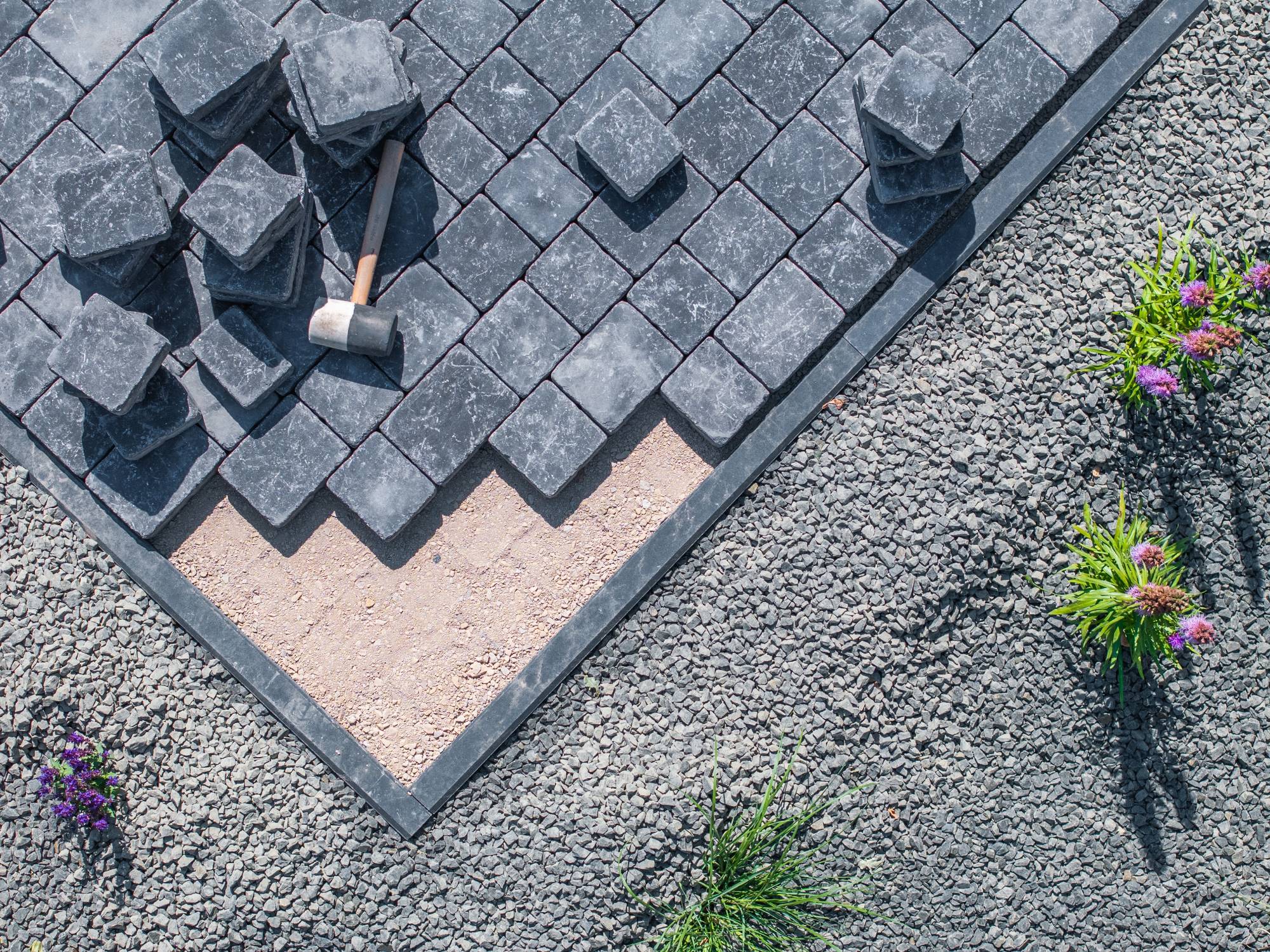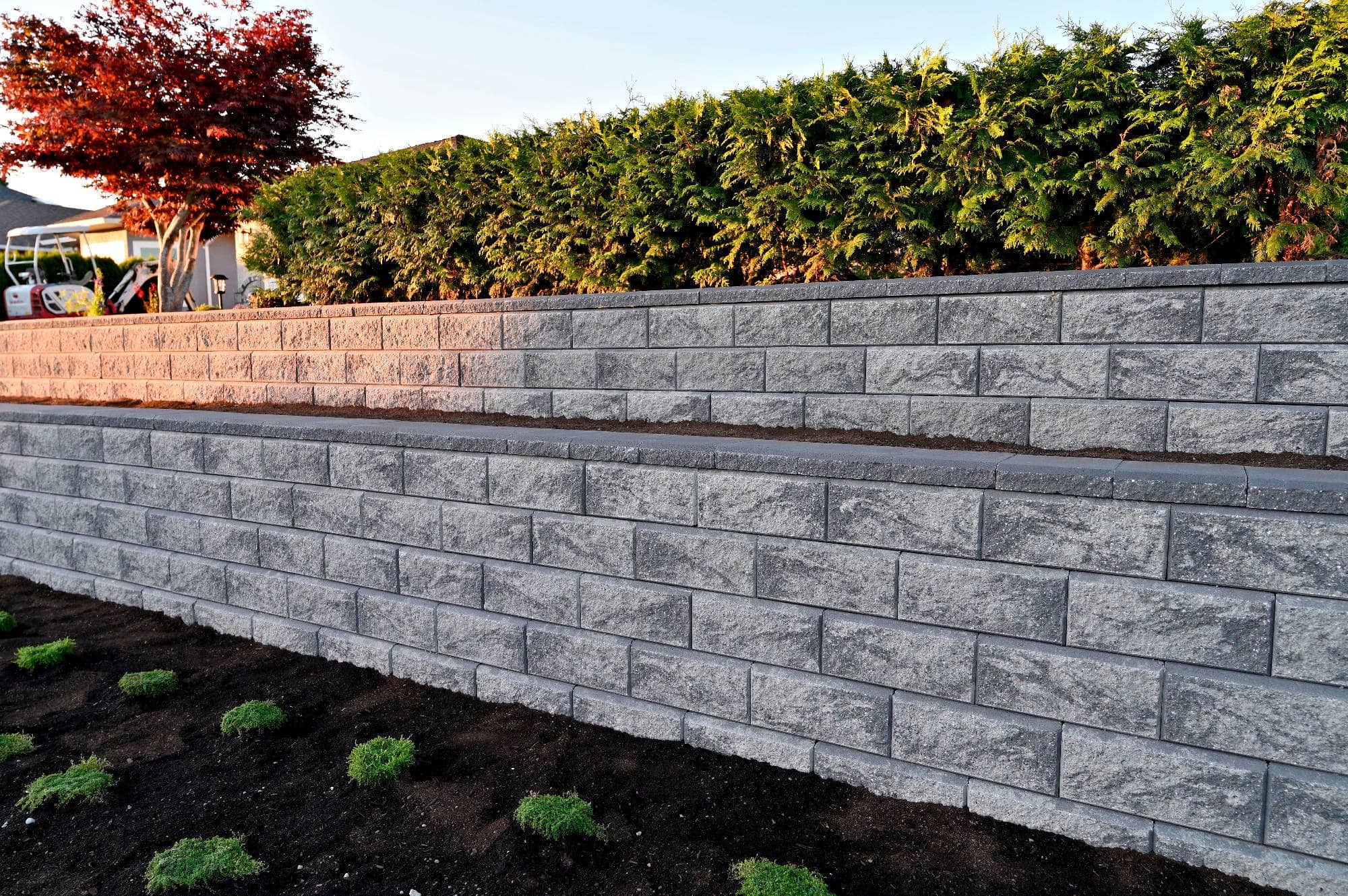Professional hardscaping that solves your drainage problems, adds real value to your property, and creates outdoor living spaces built to last through Rhode Island winters.

Hear from Our Customers

No more standing water pooling in your yard after every storm because proper drainage is engineered into every hardscaping project from the start. No more wondering if your investment will crumble after the first harsh winter because we use materials and installation techniques specifically designed for New England’s freeze-thaw cycles.
Your outdoor spaces actually get used instead of sitting empty. You host barbecues on a level patio that doesn’t collect puddles. Guests follow well-lit walkways that guide them safely to your door instead of picking their way across uneven ground. Retaining walls solve your slope problems while adding structure and visual appeal that neighbors notice.
Most importantly, your property value increases while your maintenance headaches decrease. You get hardscaping that performs flawlessly for decades, not just until the next big storm hits Providence County.
Above and Beyond Chimney has been handling complex masonry and hardscaping projects throughout Providence County for years. We understand exactly what works in Rhode Island’s challenging climate and what doesn’t. We know how coastal moisture affects different materials, which drainage solutions actually function in local soil conditions, and how to build hardscaping that survives multiple freeze-thaw cycles.
We’re not another fly-by-night contractor looking for quick jobs. We’re the local team that built the beautiful stone retaining wall on Maple Street that still looks perfect five winters later. We solved that persistent flooding problem behind the colonial on Pine Avenue that three other contractors couldn’t figure out.
When you work with us, you get honest communication, fair pricing, and hardscaping work that’s engineered to handle whatever New England weather throws at your property.

Every project starts with us walking your property together to understand your specific challenges. We analyze drainage patterns, test soil conditions, and discuss exactly how you want to use each outdoor space. No cookie-cutter solutions—every hardscaping design is customized for your property’s unique conditions and your family’s needs.
The foundation work separates hardscaping that lasts from projects that fail within two years. We excavate to proper depths, install correctly graded base materials, and build in drainage systems that prevent water damage before it starts. This preparation work isn’t glamorous, but it’s what makes the difference between hardscaping that looks good and hardscaping that performs reliably.
Installation uses materials specifically chosen for Rhode Island’s climate conditions. Every paver gets set perfectly level, joints are properly spaced and filled, and everything is compacted using commercial-grade equipment that ensures long-term stability. When we finish, you have hardscaping that looks exceptional and functions flawlessly for decades.

Ready to get started?
Every hardscaping project includes complete site preparation, premium materials selected specifically for Rhode Island weather conditions, and professional installation that exceeds industry standards. We handle everything from initial excavation and utility marking to final cleanup and walkthrough, so you never have to coordinate multiple contractors or wonder if the work meets local building codes.
In Providence County, we see too many hardscaping failures caused by contractors who skip foundation work or use materials that can’t handle our climate. We use properly graded crushed stone bases that drain efficiently, concrete pavers and natural stone rated for repeated freeze-thaw cycles, and installation techniques that prevent settling, shifting, or cracking over time.
You also get clear communication throughout your project. We explain what we’re doing and why each step matters, answer all your questions without technical jargon, and ensure you’re completely satisfied with every aspect of the work before we consider the job complete. Your hardscaping investment should perform perfectly for decades, and our installation process ensures it will.
